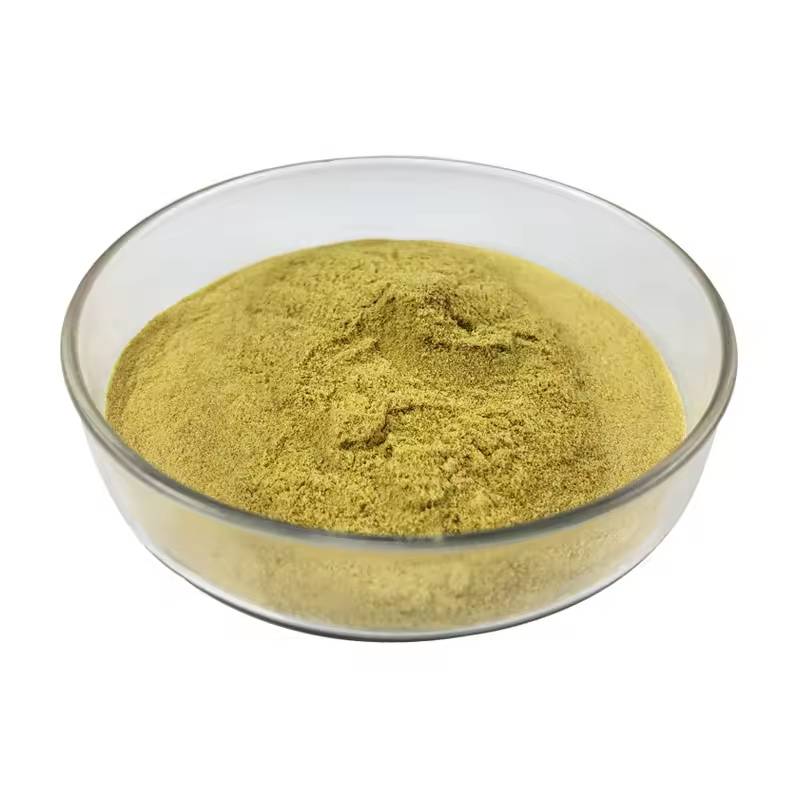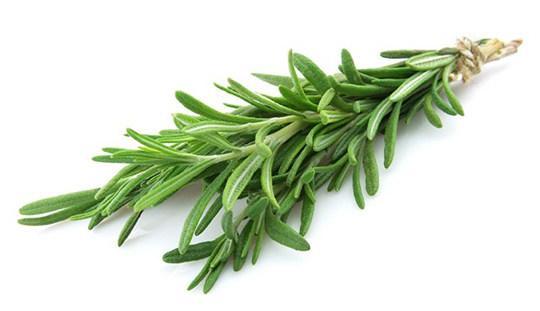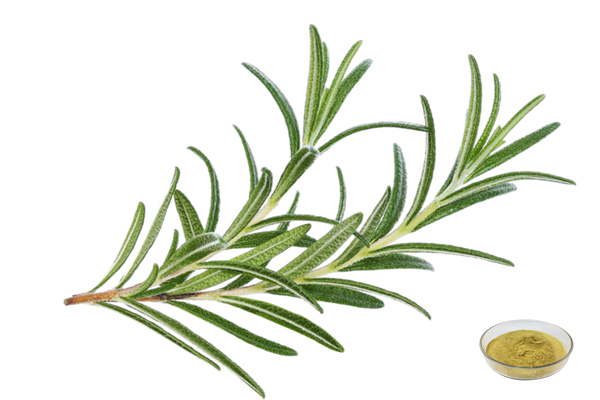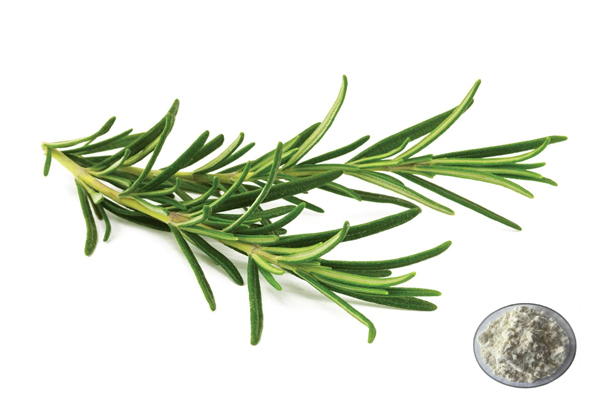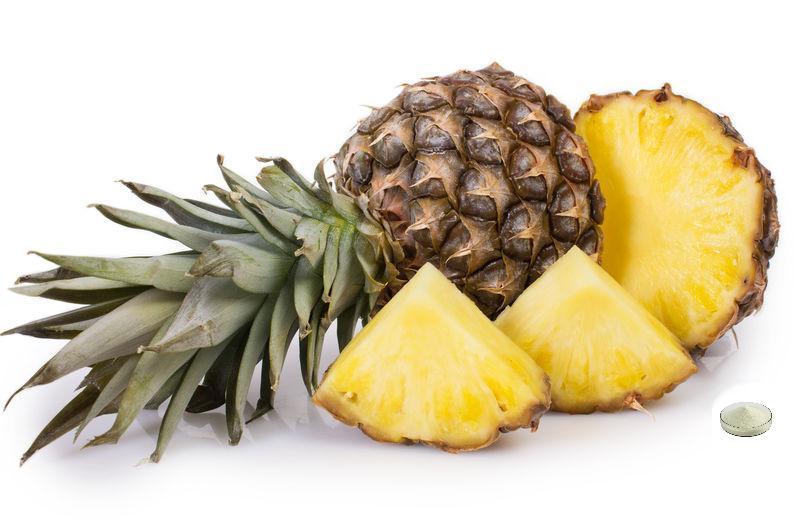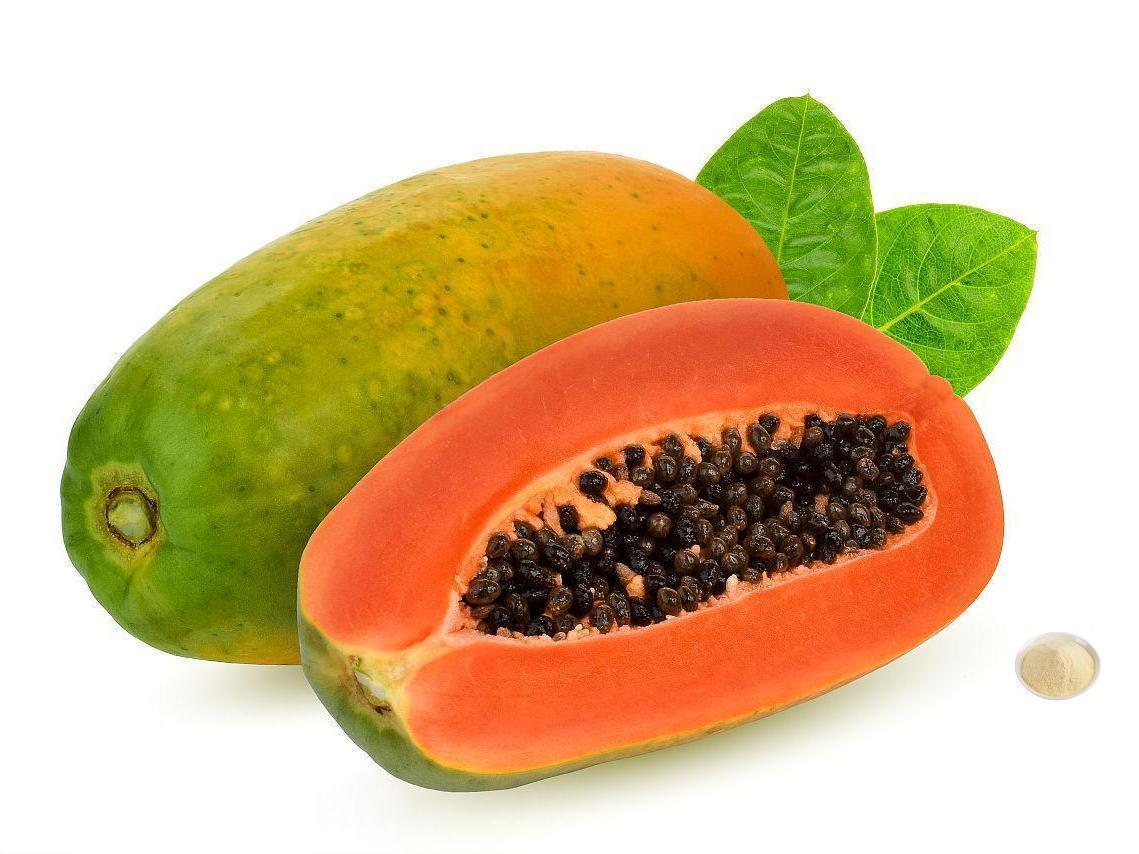ローズマリーはhplcでロスマリン酸を50%抽出します
出典ローズマリー葉
有効成分:Rosmarinic酸
化学検査50%
Testing Method: HPLC
演:光黄色パウダーを
残留農薬:(ec) no 396/2005規格に準拠
- 記述
- データシート
- 証明書
-
ローズマリー抽出物ロスマリン酸とは何ですか?
ロスマリン酸(rosmarinic acid)は、天然に存在するフェノール酸化合物で、カフェ酸と3,4-ジヒドロキシフェニル乳酸から濃縮される。ロスマリン酸は広く分布しており、特にコンフリー科、ラビアタエ科、ウリ科で一般的である。イタリアの化学者は、最初にローズマリーrosmarinus officinalis linnから抽出・単離され、ローズマリー酸と命名した。重要なポリフェノール系抗酸化物質として、食品や化粧品などに多くの応用があり、抗炎症、抗菌、抗がんなどの薬理作用に優れています。
ローズマリーエキス Rosmarinic Acid is a water-soluble natural phenolic acid obtained from rosemary, family Labiatae. It is a natural, efficient, stable, heat-resistant, safe, non-toxic, with no side effects, water-soluble antioxidant, and green food additive.
ローズマリーはグリーンから供給されるhplcによってロスマリン酸を50%抽出します 春の技術は、新鮮なローズマリーの葉を選択します;モルタルと乳棒、砥石、その他の適当な道具を使って、それを細かく粉砕して、抽出効率を高めます;粉砕したローズマリーの葉に有機溶媒を浸漬し、溶媒抽出により植物組織からローズマリー酸を抽出する。解散だその後、蒸留技術により抽出物から溶媒を回収し、ローズマリー酸を含む溶液を残し、最後に結晶化技術により抽出物からローズマリー酸を精製し、他の不純物を除去して高純度のローズマリー酸を得る。
グリーン Spring Technology has an excellent R&D team, an independent testing laboratory an experienced production team, a rigorous internal quality control process, and organizes production under ISO, HACCP, and other quality standards. All of the products we offer implement the highest international industry standards, complying with EU EC396, EU 2023/915 standards, and the highest solvent residue standards. We have passed Halal, Kosher, COSMOS, BRC, IFS, FDA, ISO, and many other certifications.
规格:
商品名
Rosemary Extract
ラテン語名
Rosmarinus製造Lを有する。
CASない
20283-92-5
ソース
ローズマリー葉
有効成分
Rosmarinic酸
仕様
50%
Testing Method
HPLC
外観
光黄色パウダーを
残留農薬
(ec) no 396/2005規格に準拠しています
法が定め
euの規制に準拠しています。
見積もりをお探しですか?Benefits:
Anti-inflammatory
Numerous studies have demonstrated that rosemary extract rosemarinic acid has favorable anti-inflammatory effects. Complement activation usually occurs at sites of inflammation, and rosemarinic acid can covalently bind to the active complement substance C3b and thus inhibit complement activity without side effects. Cyclooxygenase-2 (COX-2) is a dangerous inflammatory factor, Scheckel et al. found that rosemarinic acid could inhibit the expression of the COX-2 gene in colon cancer cells and benign breast epithelial cells, and Lembo et al. demonstrated that rosemarinic acid could prevent medium-wave ultraviolet radiation-induced damage and reduce tumorigenicity in human keratinocyte cell lines. Inflammatory mediators such as tumor necrosis factor-α (TNF-α), IL-6, IL-8, and monocyte chemotactic protein 1, and promoted the production of protective IL-10.
Antibacterial
The antibacterial and antiviral properties of rosemary extract rosemarinic acid inhibit acute confusing infections and chronic infections, are resistant to UV rays, and inhibit the degradation of elastin; all of which make it an excellent natural additive to skin care products.
Anti-microbial
Rosemary extract rosemarinic acid has a certain inhibitory effect on bacteria, rosemarinic acid 500 mmol/L can inhibit staphylococci, and the inhibitory activity is affected by pH and ionic concentration. Abedini et al. found that rosemarinic acid 0.3-1.3 mg/mL inhibited Staphylococcus aureus 5001, Staphylococcus luttunensis T26A3, Staphylococcus maltophilus narrow-feeding monocytes, Enterococcus faecalis C159-6, Pseudomonas aeruginosa ATCC27583, Corynebacterium roqueforti, Mycobacterium smegmatis 5003, and Staphylococcus wolffii T12A12.
Rosemarinic acid inhibits Escherichia coli, Staphylococcus aureus, Salmonella, and Bacillus subtilis by destroying the cellular structure and proteins of the bacteria and inhibiting the Na+, K+-ATPase activity of the bacteria and the inhibition varies among different bacteria. In addition, rosemarinic acid has antiviral effects. Under acidic conditions, rosemarinic acid reacts with nitrite ions to give 6-nitro and 6,6-dinitro rosemarinic acids. These compounds acted as human immunodeficiency virus-1 integrase inhibitors at the micromolar level, inhibited viral replication in human T-cell leukemia MT-4 cells, and improved anti-integrase inhibition and antiviral effects.
Applications:
In the Food Field:
Rosemary Extract Rosemarinic acid, as a natural and highly effective antioxidant, can be used as a substitute for BHA and BHT in animal and vegetable fats and oils, dairy products, oil-enriched foods, confectionery, and baked goods; it can also be used as a spice for a variety of soups and flavored foods; and it has antiseptic and antimicrobial effects. In Japan, perilla extract, which is rich in rosemarinic acid, is used as a garnish to improve the shelf life of fresh seafood.
For Feed Product:
In animal husbandry, rosmarinic acid can be used as a feed additive to improve the antioxidant properties and stability of feed, thereby increasing animal performance and health.
In Pharmaceutical:
Rosemary Extract Rosemarinic acid has some antibacterial and anti-inflammatory properties and therefore has some applications in medicine, especially being used in traditional herbal medicine and some herbal preparations.
In Cosmetics:
Rosemary acid can be used in skin care products to dispel pigmentation, antioxidant, increase skin elasticity, delay aging and other effects; used in shampoo hair care products, can promote scalp blood circulation, improve hair loss, reduce the occurrence of dandruff, and stimulate the growth of hair, moisturizing hair. Therefore, rosemary extract rosemarinic acid can be used as an excellent additive in cosmetics.
-
ダウンロード
ローズマリーは、hplc coaによってロスマリン酸50%を抽出します


 英語
英語 フランス
フランス スペイン
スペイン ロシア
ロシア 韓国
韓国 日本
日本



